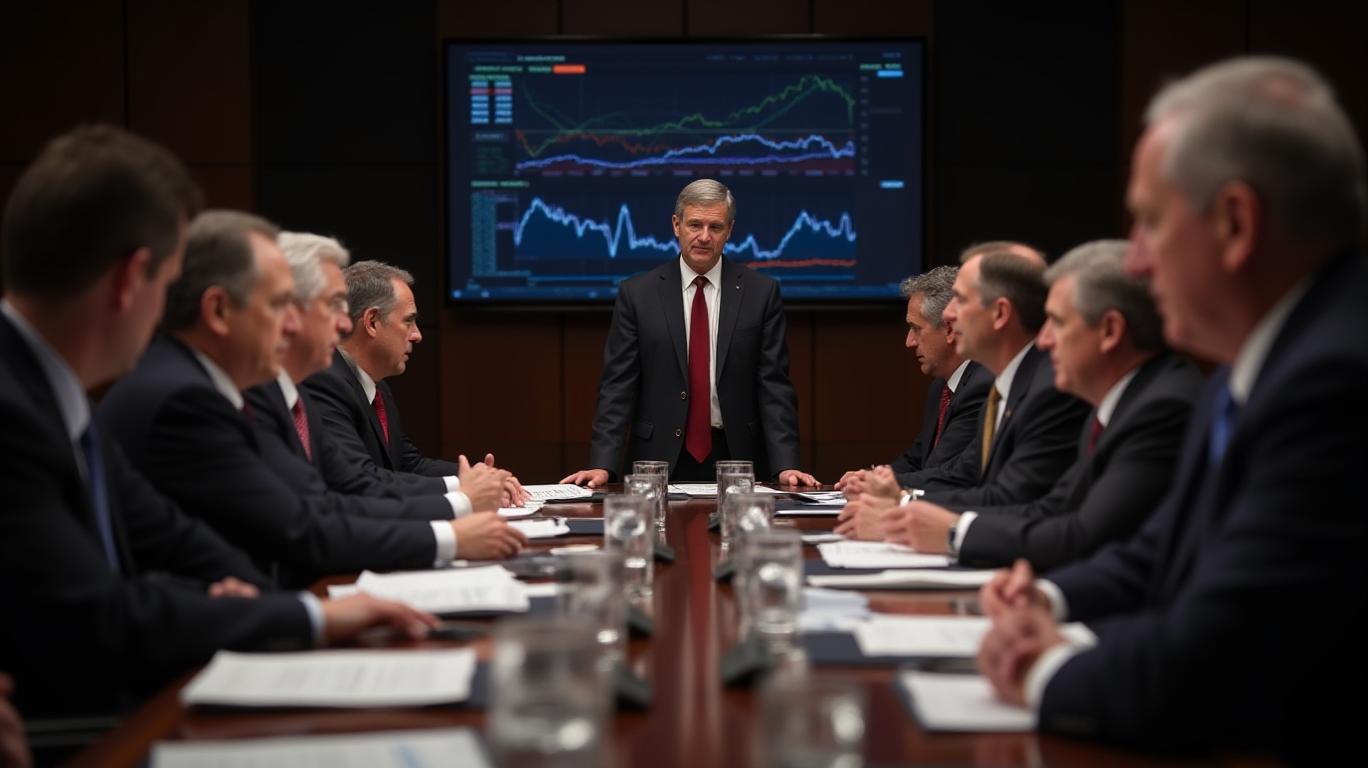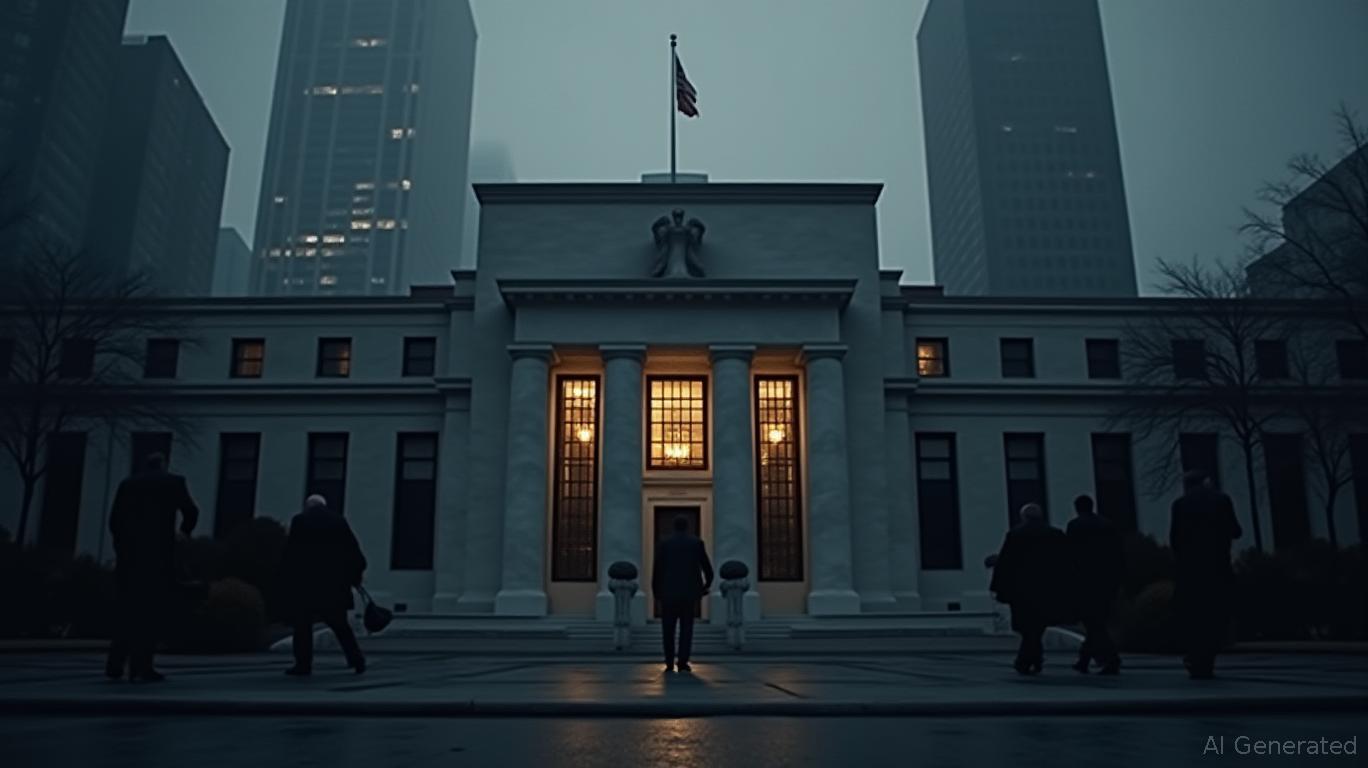Federal Reserve Officials Enter "Quiet Period," Economists Lower U.S. Inflation Expectations
On July 19, New York Federal Reserve President John Williams indicated that the long-term trends that had pushed the neutral rate to lower levels before the pandemic are still in play. Speaking at a conference organized by the Central Reserve Bank of Peru, Williams stated, "My own Holston-Laubach-Williams model estimates the 'neutral rate' (r-star) for the U.S., Canada, and the Eurozone, and the results show that the neutral rate is roughly the same as it was before the pandemic."
Williams elaborated, noting that this suggests the underlying trends supporting low rates pre-pandemic remain quite intact. Recently, Federal Reserve officials have frequently mentioned the neutral rate, keen to understand where the central bank's rates should settle once inflation stabilizes back to 2%.
When interest rates are at the neutral level, they neither stimulate nor restrain economic growth, instead allowing the economy to operate at its potential growth rate. In June, the Federal Reserve's projections showed that the median estimate of the neutral rate had risen from 2.5% before the pandemic to about 2.8%.
Williams is among the last Federal Reserve officials to speak before the central bank's end-of-month meeting. The Federal Open Market Committee (FOMC) will convene on July 30-31, marking the start of the quiet period for officials this weekend.
Earlier this week, Williams suggested that if the recent slowdown in inflation continues, a rate cut might be necessary in the coming months, although this is unlikely to happen at the upcoming meeting in two weeks. As the FOMC Vice Chair, his comments carry significant weight.
A recent survey revealed that economists have lowered their inflation expectations for the first half of 2025 and anticipate a slight rise in unemployment, predicting these factors will prompt the Federal Reserve to begin cutting rates.
Specifically, economists expect the Fed's preferred inflation gauge, the core Personal Consumption Expenditures (PCE) price index excluding food and energy, to rise 2.6% year-over-year by the end of the year, down from last month's forecast of 2.7%. The overall PCE price index is expected to be 2.4%, down from 2.6% last month.
Economists also predict that the average unemployment rate in the fourth quarter will be 4.2%, compared to last month's expectation of 4.1%. They estimate a 30% chance of a recession within the next 12 months, significantly lower than last year's prediction, though quarterly growth is likely to remain below 2%.
Kathy Bostjancic, Chief Economist at Nationwide Mutual Insurance Co., noted that unless adverse inflation data emerges in July or August, the Federal Reserve might be ready to cut rates starting in September. Bostjancic said, "We believe a more accommodative policy is necessary because the labor market is showing signs of softening. Lowering rates could help prevent larger, deeper cracks in the labor market."
In summary, as the Federal Reserve heads into its quiet period ahead of the crucial July meeting, there's a growing consensus among economists that the era of rate hikes might soon be giving way to rate cuts, driven by moderating inflation and a slightly softening labor market. This shift could mark a significant turning point in the Federal Reserve's approach to managing the post-pandemic economy.



_219eac971750077834984.jpeg)





